Cracks in the System
Cybersecurity threats don’t always kick the door down—sometimes, they slip in through the cracks. This month, we’re spotlighting three subtle but serious security risks that could be undermining your defences right now.

Dynamo was first released alongside Autodesk Revit as a beta release back in 2011 which gave Revit users an insight into the world of visual programming.
This was a very new concept to most and it was not initially apparent what could be achieved by using visual programming. Also, in the early releases, the capabilities of Dynamo were limited due to a lack of nodes. However, the concept of visual programming is very relevant to those in design as most of us can instantly relate to the manipulation and connection of visual elements to form a program.
Many Rhino3D users were already familiar with graphical programming tools having access to Grasshopper 3D which allowed for computational modelling. This was used to great effect in architecture for conceptual modelling of complex forms, particularly facades and stadia.

Back to the present day, Dynamo has grown into a mature tool that can handle advanced geometry and the data import and export requirements needed for modern BIM workflows. Dynamo is now available in the following Autodesk platforms:
As part of a visual refresh on the menu structure of Dynamo, we now have a dedicated Preferences dialog. Here you can control the geometry scaling, render precision, default run settings, and access the package manager settings. This is much easier to use and consolidates a number of tools into a simple dialog.
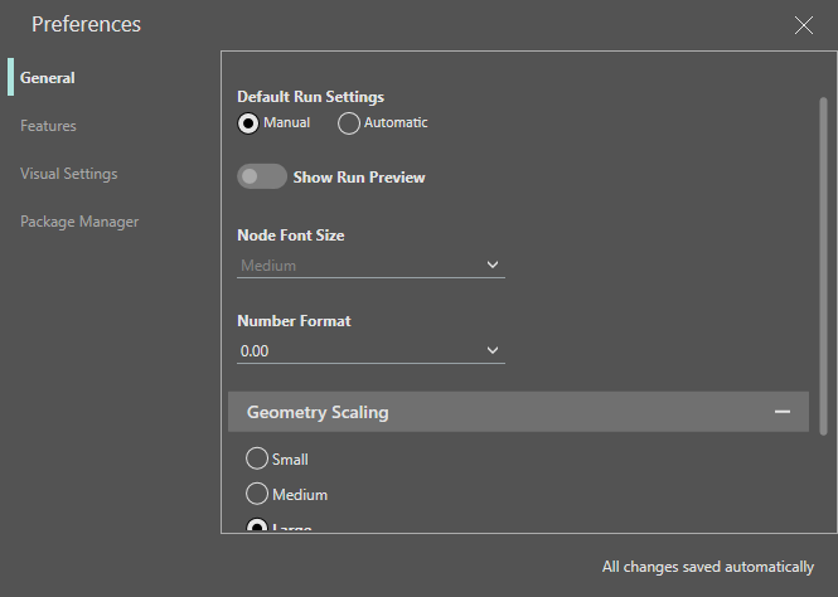
The Preferences along with other tools as now found under a new menu simply named ‘Dynamo’.
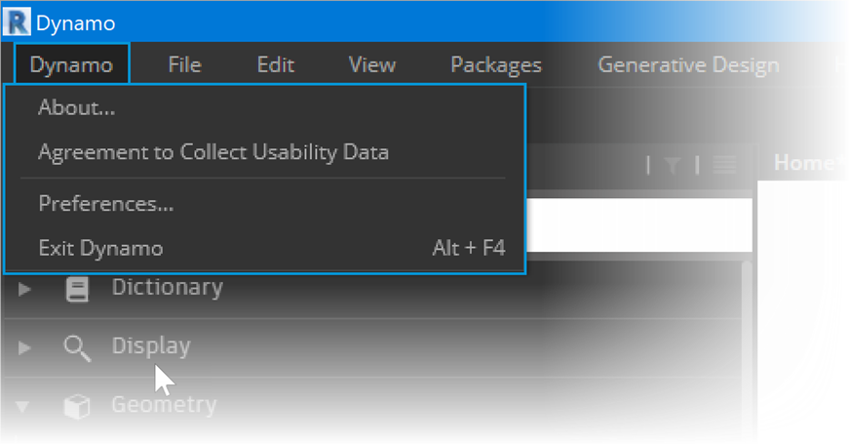
The package management has been significantly improved by adding more controls and consolidating all the controls within the new preferences dialog. Note that you can also control the priority of package loading which is useful when you have multiple versions of a package installed.
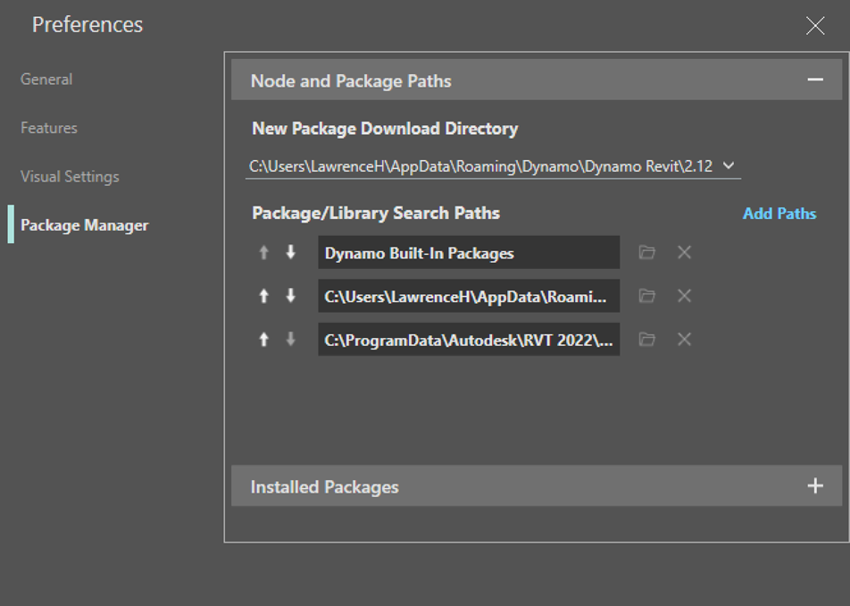
When working with Python code we were limited to using IronPython. This, essentially, was an open-source implementation of Python with some limitations and no access to Python libraries. You can now decide on using IronPython or Python 3. This is great news as we can now access the vast libraries available which will open new possibilities for Dynamo.
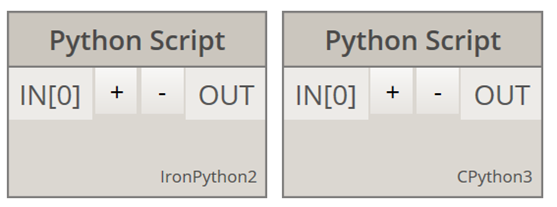
As you can see, the version of Python can be set in the preferences or, case by case, within the Python script editor. This is handy when running legacy code that is mixed with Python3.

Another great tool is the ability to import and export Microsoft Excel data using OpenXML. This enables you to interact with Excel data even if you have not got an installation of Excel. This also solves many compatibility issues.

Additional help is also given to a user in the form of auto complete. If you double click on an input or output, Dynamo will attempt to suggest relevant nodes. In the example below I have double clicked on the sheet name input and the auto complete has correctly suggested the use of a string node.
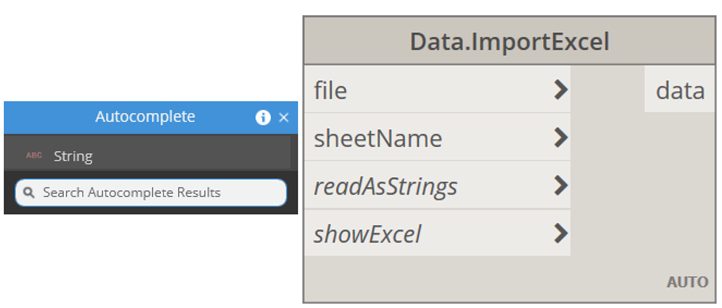
So that just about sums up the platform features for this release of Dynamo. In part 2 we will look at some of the new nodes for Revit and Civil 3D and discuss some interesting workflows that can be achieved! Read part 2 of this blog here.
In the meantime, if you would like more information on Dynamo please visit our website here to email info@symetri.co.uk.
Please submit your enquiry here and a member of our team will get in touch.
Alternatively call 0345 370 1444
Cybersecurity threats don’t always kick the door down—sometimes, they slip in through the cracks. This month, we’re spotlighting three subtle but serious security risks that could be undermining your defences right now.
Learn what Product Lifecycle Management (PLM) is and how it helps teams manage product data, processes, and collaboration across the lifecycle. Discover the key benefits and PLM tools driving innovation.
If you are an Autodesk Vault user in the mechanical engineering and manufacturing industry, you are likely familiar with the challenges of managing design data. While Vault provides a solid foundation for storing and organising design data, it falls short in some critical areas. You might have noticed this if you ever wanted to automate workflows or configure company-specific rules and processes in Vault. Let’s dive into these challenges and possible solutions.
